What you need to know when using molecular modeling and simulation for materials design
Molecular modeling can be used to obtain a wide variety of material properties. Many physical quantities and properties can be predicted, including mechanical, thermal, and electrical properties, optical properties, dissolution and diffusion (permeation) properties of small molecules in solids and liquids, and interfacial tension. Improved prediction accuracy of material properties reduces the number of experiments and trial-and-error, allowing for more efficient material design.
In this article, we will discuss three points to keep in mind when using molecular modeling and simulation for materials design.
- (1) Even in highly functional materials, consider the combination of basic physical properties
- (2) Importance of hypotheses and selection of appropriate molecular modeling methods
- (3) Utilization of molecular modeling and simulation software and obtain know-how
1. Even in highly functional materials, consider the combination of basic physical properties
Molecular simulation can predict many physical quantities and properties, including mechanical properties such as Young's modulus, viscosity and viscoelasticity; thermal properties such as thermal conductivity and specific heat; electrical properties such as dielectric constant and electron transport (electrical conduction); optical properties such as refractive index and birefringence; dissolution and diffusion (transmission) properties of small molecules in solids and liquids; and interfacial tension, among others.
In the meantime, materials are becoming higher functional and more diverse. For example, in recent years, automobile parts not only contain many electronic components, but are also beginning to use materials with sustainability in mind, and it is easy to think that special considerations are needed. However, in reality, it is often sufficient to consider a combination of basic physical properties and, once mastered the method, it can be applied to the evaluation of a wide variety of highly functional materials.
As an example, let’s look specifically at automotive materials. Although electrodes, electrolytes, separators and binders for lithium batteries and fuel cells, magnets for motors, semiconductor devices and their encapsulants have their own individual requirements, in many cases the basic properties such as heat resistance, thermal conductivity, thermal expansion, stiffness and adhesion are of common importance. For fiber-reinforced resins and thermoplastic elastomers used to reduce vehicle weight, mechanical properties including fracture are design factors. For rubber composites containing carbon black and silica used in tires, mechanical properties such as viscoelasticity are important as rolling resistance, which affects tire grip performance and fuel consumption. For electronic component materials used in 5G communications and other applications, low dielectric constant, heat resistance and moisture resistance are important. Finally, for transparent materials such as headlights and lenses, the refractive index is naturally important.
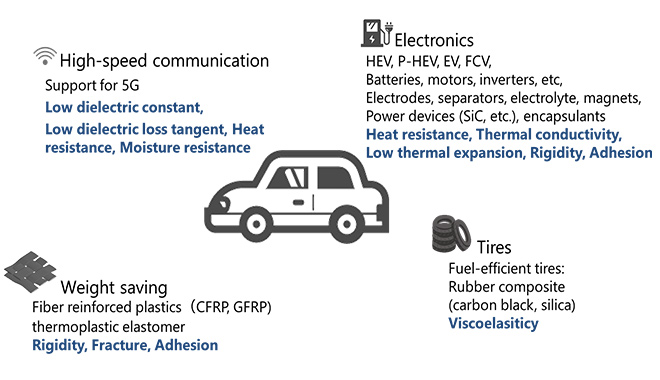 Fig.1 Properties of Automotive Materials
Fig.1 Properties of Automotive Materials
Related Case studies:
Thus, in all cases, evaluation of the basic physical properties and characteristics of the materials is important, and a combination of these properties and characteristics can cover a wide range of areas.
2. Importance of hypotheses and selection of appropriate molecular modeling methods
In order to perform molecular modeling and simulations using appropriate methods, it is essential to formulate a hypothesis.
The first thing that must be considered when actually applying molecular modeling is the identification of the scale at which the physical properties are appeared. This requires a certain amount of knowledge and experience, and above all, a hypothesis. Let us take resin composite materials as an example.
When the size of fibers and fillers exceeds 1 micrometer, RVE analysis based on a continuum model is more common than molecular-level analysis. A typical concrete method is the finite element method, in which each region is divided by a mesh to calculate heat conduction and deformation. The effect of changing the distribution, shape, and content of fibers and fillers on the physical properties is evaluated. In this case, the physical properties of each region must be given as input, and we often look for experimental values.
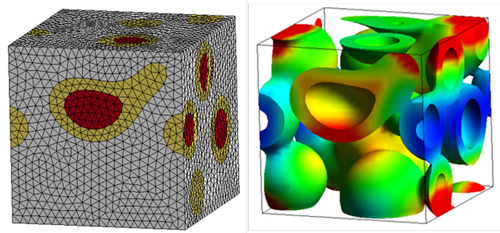 Fig.2 RVE simulation using the finite element method (left: mesh structure, right: stress distribution of deformation calculation)
Fig.2 RVE simulation using the finite element method (left: mesh structure, right: stress distribution of deformation calculation)
Related Case studies:
On the other hand, when focusing on the interfacial region between filler and resin, even if the same composite material is the target, evaluation at the molecular level is necessary. This is the case when you want to look at the adhesive strength of the interface or the physical properties of the resin near the interface. Molecular dynamics (MD) is applied when we want to handle the motion of the resin, or polymer, but when dealing with regions beyond 10 nanometers, coarse-grained molecular dynamics must be used due to the computational burden. Coarse-grained molecular dynamics can handle larger phenomena because it calculates multiple atoms together as a single sphere.
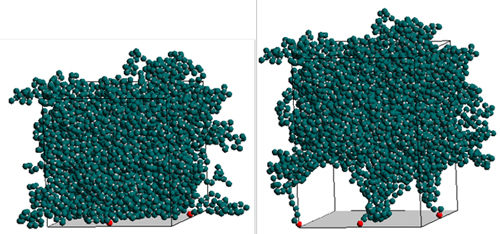 Fig.3 Interfacial analysis by coarse-grained molecular dynamics (left: interfacial structure, right: structure after peeling)
Fig.3 Interfacial analysis by coarse-grained molecular dynamics (left: interfacial structure, right: structure after peeling)
Related Case studies:
For sizes smaller than 10 nanometers, a general molecular dynamics method called the full atom model is used. As the name implies, atoms are regarded as a single sphere and their motion is calculated.
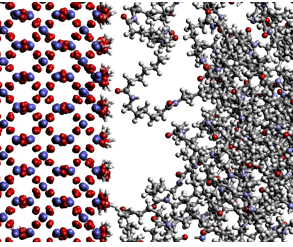 Fig.4 Analysis of interface by all-atom molecular dynamics (peeling off of silica surface and polyamide)
Fig.4 Analysis of interface by all-atom molecular dynamics (peeling off of silica surface and polyamide)
Related Case studies:
If you want to zoom in further on the interfacial part and analyze in detail the van der Waals forces and other interactions between the filler surface and the resin, you will need a method such as density functional theory (DFT) based on quantum mechanics. In this case, we consider a small model in which the monomers, which are the constituent units of the polymer, are adsorbed on the surface.
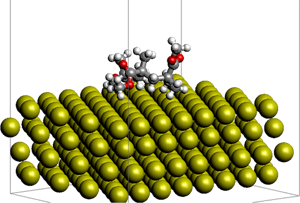 Fig.5 Analysis of interface using DFT (PMMA monomer adsorbed on gold surface)
Fig.5 Analysis of interface using DFT (PMMA monomer adsorbed on gold surface)
Related Case studies:
Thus, even for a single material, it is necessary to have sufficient knowledge and hypotheses about the scale at which the material properties will appear themselves and what the design target is.
The next step is to develop a hypothesis for modeling. In the macroscopic simulation technology known as CAE, the input is the geometry of the part, such as CAD data. However, molecular modeling and simulation have no CAD equivalent. For example, when modeling the interface described above, the crystal structure of inorganic fillers, surface defects and modifications, and the detailed shape and arrangement of polymers can only be constructed based on some hypothesis.
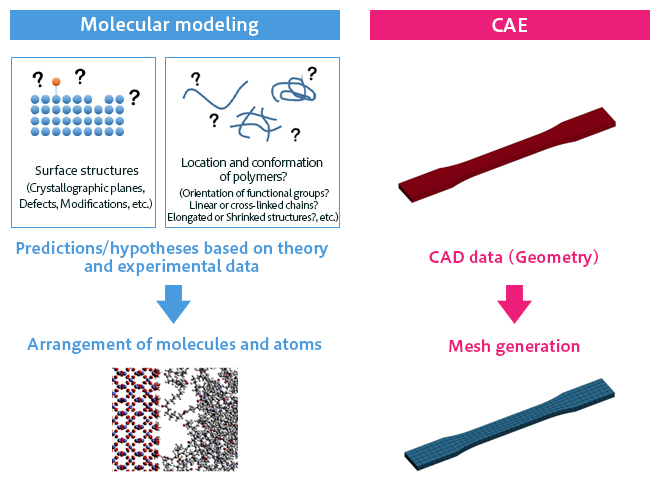 Fig.6 Difference between molecular modeling and CAE
Fig.6 Difference between molecular modeling and CAE
Once a policy is established, software such as J-OCTA can assist in the modeling process, but it is important to note that if the hypothesis is wrong, the results obtained will be meaningless.



